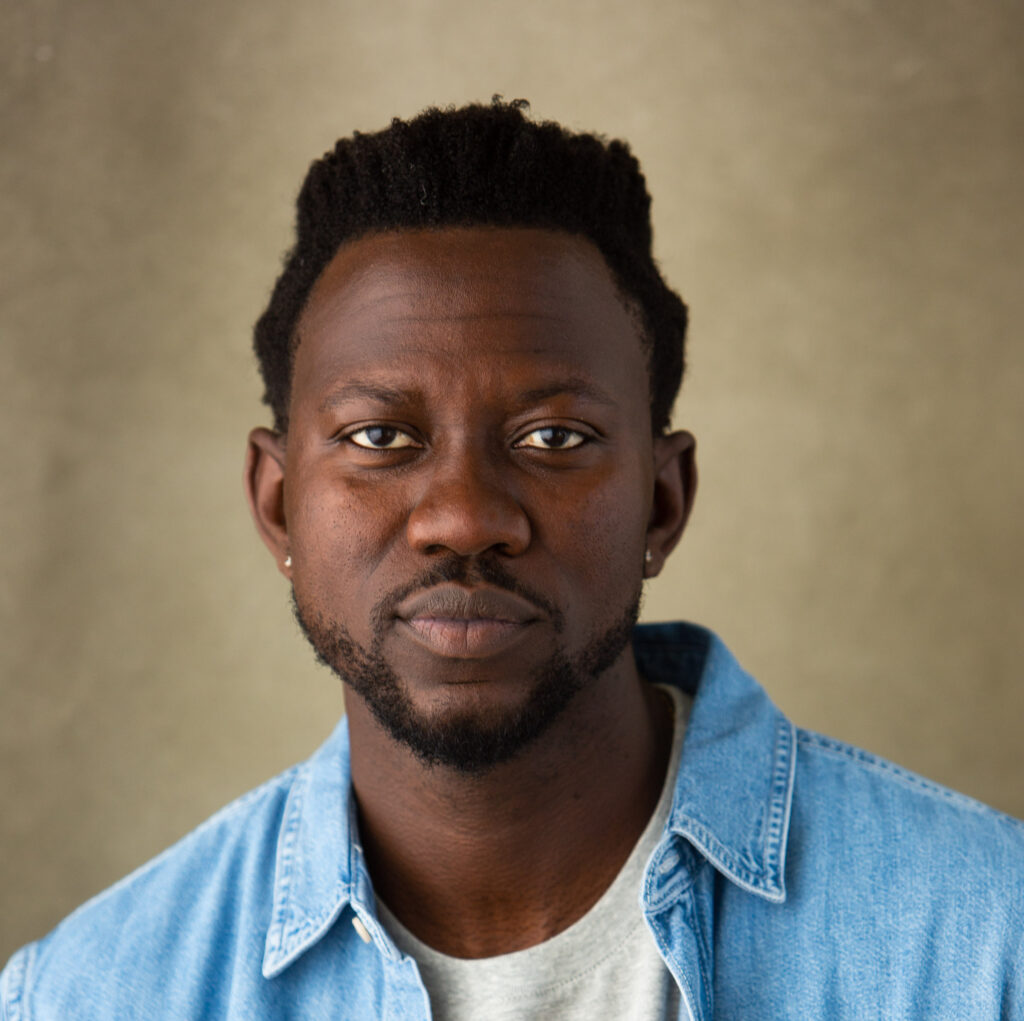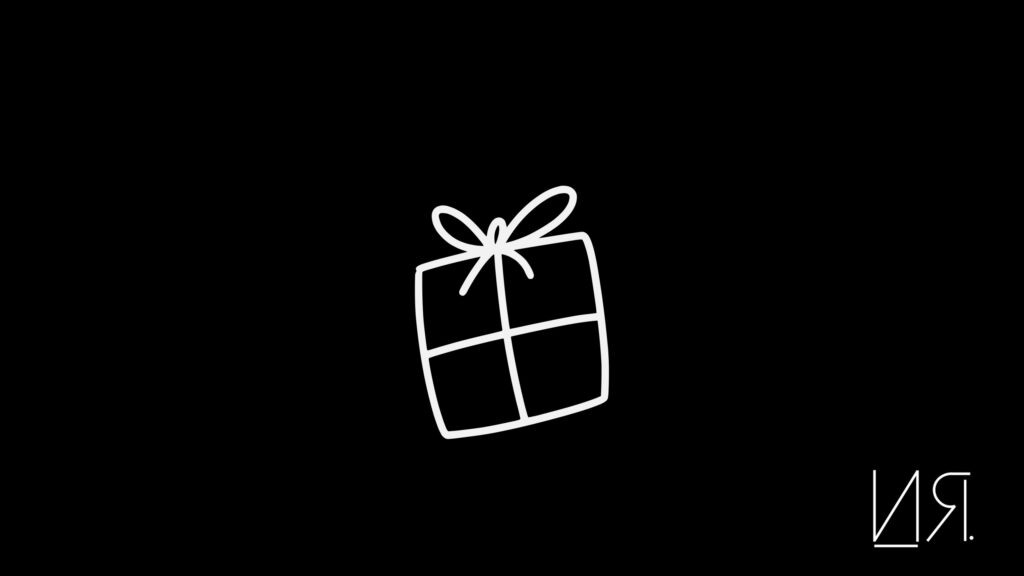Take charge of your story or someone else will.
You know that age-old question: “If a tree falls in a forest and no one hears it, did it make a sound?”
The same can be said about your story: “If you tell your perspective and no one pays attention, was it a story?”
I remember when I moved to the US in 2003. I was amazed by the depiction of Africa on the TV: Hunger-stricken child soldiers eating mosquitoes for lunch.
That narrative has come a long way from then. But I realized that whoever is in charge of the technology gets to tell the story.
Storytelling is a technology I didn’t realize it was.
What’s the Narrative?
Most people are unhappy.
A contributing factor to that is isolation.
We feel less connected even though we have access to devices that put us in touch with over a billion people.
But there’s a huge corporation between the people.
These corporations hype up polarizing content, get your attention, and sell it to the highest bidder (an advertiser).
As you watch the content, you compare, you feel sad.
They’ve rocked you into the “buying mood.” That’s when they serve you products that will “make your life better”
It most likely wouldn’t.
The sadder you get, the more lonely it becomes.
It’s a vicious cycle of loneliness.
The same tool that was built to help us connect and share stories has turned into an intermediary.
In my dystopian novel Toffy’s Divide, that intermediary is called J Enterprise.
And the protagonist Toffy had to rise up with his storytelling ability.
You see,
Storytelling is the basic human technology
Next to harnessing fire for use, telling stories is a basic technology that humans developed through symbolic systems to coordinate.
These symbolic systems come in the form of numbers, shapes, words.
We use it to build trust, knowing that our competitive advantage as a species thrives on working together.
Whenever there is a technology that involves multiple people, there is a story involved.
The internet would be boring if you were the only one using it.
Stories and storytelling technology have been with us from the beginning.
From cave paintings to word of mouth, to written paper, the internet.
We are on the frontier of the next storytelling shift in technology and most people are still “anti-the-tech.”
It’s Blockchain technology.
You can’t stop a technology when it’s built on the foundation of storytelling and coordination.
Because that’s what we do. We coordinate.
The Blockchain is another chapter of our storytelling abilities.
It’s a storytelling tool that coordinates human interaction at scale.
3 Steps In Storytelling Evolution
There is always a story.
The reason you are at a meeting at work is that you’ve agreed with your coworkers to meet.
Why?
Because you have a contract with your employer or customers that you will provide your service.
That contract is a story.
A story that says: “I will give you this and you give me that in return and we will abide by this because there’s a law (another story) to reinforce our agreement”
Everything around you is a story.
The sooner you see all the stories around you, you’ll cultivate your storytelling ability.
You wouldn’t feel left behind by the new technology coming along. You’ll understand the power of stories and leverage them to build the life you want.
1. Fires & Story
One of the signs of early human existence is burnt ashes.
Archeologists find that societies, where they harness the power of fire, were early signs of modern humans.
Compared to other species, humans are the first to go towards fire. Every other animal sees fire and runs away.
Humans are the first to see fire and say “Let me use that.”
In essence, controlling fire was one of human’s first technologies.
It allowed us to see at night. Process food before it’s eaten, allowing us to conserve energy.
Wielding fire is one of our earliest technologies and we still use it today.
One of the things we did around the fire was another early technology – storytelling.
We told stories around these fires. We recalled what we experienced around them. We imagined the future through tales that helped us bring order to our minds.
These tales guided social interactions. They enabled cohesion among the groups of early humans.
Storytelling is one of the earliest human technologies and it’s still used today.
It is what inspired great coordination across vast spaces.
It is a technology, just like harnessing fire, that sparks the creation of more technology.
2. Drums & Paper
In West Africa, there’s a history of living, breathing, walking libraries.
These are repositories of knowledge that hold important information across generations of tribes.
These people are called Griots.
They share stories of families, ancestry, and eras through music.
I became a lot more fascinated by the history of Griots when I wrote my first book, Press Play.
During my research, I came across a book called “Information” by James Gleick
The author explained the history of information theory through different eras from Charles Babbage, Ada Lovelace, and Claude Shanon.
These are just a few names that are forbearers of the modern computing technology you have in your hand.
I was struck by the first chapter. He started by talking about “drums that talk” in West Africa.
Long before the mobile phone, drums were used to communicate across villages. They were the predecessors of long-distance communication.
The rhythm, tones, and pattern were used to send messages, tell stories, and coordinate.
Messages such as “a wedding is happening in 5 days, you are invited”
Or used to declare war (it wasn’t all about love).
These same pockets of sound waves propagated by drums are the same pockets of information that are now sent across towers to your mobile phone to tell stories.
While the Africans drummed and sang their stories, Europeans, before the 8th century, used parchment paper to communicate.
This form of communication was only reserved for the monasteries. Parchment paper was expensive to make.
On the other side of the world, In China, a mechanism to turn pulp into paper by pouring it across mesh wires had just been discovered.
Through trade across the Silk Road, binded parchment paper went east, and more affordable pulp paper went west.
It collided in present-day Baghdad. The paper notebook was born.
It caused an intellectual explosion in the Islamic caliphate – the Islamic Golden AgeSilk Road between the 10th and 13th centuries. The introduction of paper democratized writing, ushering in an era of scientific, economic, and cultural flourishing.
A few centuries later, these paper mills developed in Florence, Italy.
Notebooks were used by Florentine merchants for accounting.
One of these merchants had multiple businesses, and to keep an account of each subsidiary, double-booking accounting was formed.
Some would claim that the invention of affordable paper was the birthplace of modern capitalism through sophisticated accounting.
These paper notebooks were used as ledgers for merchants.
They soon found another use. They became the sketchbook for young artists to hone their craft.
The paper notebook sparked the Renaissance and the Enlightenment era in Europe.
From Drums to paper, we are just documenting, accounting, imagining, and telling stories.
“When I spoke to another historian of the period, the paper specialist Oriela Da Role, she needed only two words to evoke this intersection of conceptual innovation, advanced manufacture, information technology, profitable exports, and, plentiful cash. “Silicon Valley.”
~ Roland Allen, Author of The Notebook: The history of thinking on paper.
3. Computers & Blockchain
In the movie, Hidden Figures, we see the depiction of NASA and US space programs early days.
To make space travel happen, they had to make some very important calculations.
They went to the back room to get the calculations from their “computers.”
It wasn’t a set of white boxes with screens. It wasn’t a package that Bill Gates or Steve Jobs had delivered.
It was a room of black women doing calculations.
When we think about computers, we think about a device. The reality is that a computer is just anything that can store information and manipulate information from one state to the other.
Just like how the availability of paper gave birth to the modern accounting system and intellectual boom in Europe, in America, the silicon chip gave birth to the next boom of communication technology.
The rapid rate of the growth of this technology has put a phone (a modern computer) into the hands of billions, that can now communicate with anyone at any time.
Now, everyone has a drum and can communicate with anyone they want to connect with.
But the story gets a bit complicated.
There are networks built on this internet highway that change the rules.
The big tech companies. They direct the traffic.
They ask you to pay a toll. They own the servers. They own the data.
But in comes a new form of computer.
It’s called the Blockchain.
It’s a computer that stores and manipulates information in a sequential order that is visible to everyone.
It is clear and easy communication without any intermediary.
And just like the notebook that started as a ledger for merchants, the first visible use case for the Blockchain was a public ledger of financial transactions.
But just as the notebook became an open canvas for artists, entrepreneurs, and scientists to express themselves and think in.
The tokens on the blockchain are an open ledger for artists, entrepreneurs, and scientists to express themselves and think in.
I know this might be new to you if you find your mind going towards the anti-crypto center.
But the blockchain is just another storytelling technology.
A communication tool that will help us to continue to do the human thing: coordinate and cooperate.
There’s a story evolving in front of you and you will only see it if you pay attention and participate.
Final Thoughts
The most important businesses are going to be education and media businesses. It is in your best interest to learn how to teach and participate in this technology that has been with us from day one: Storytelling.
Follow the evolution. Anything that is built around coordination and interaction is a story.
Own yours.
If you don’t, someone else will.
Yours truly,
Nifemi



